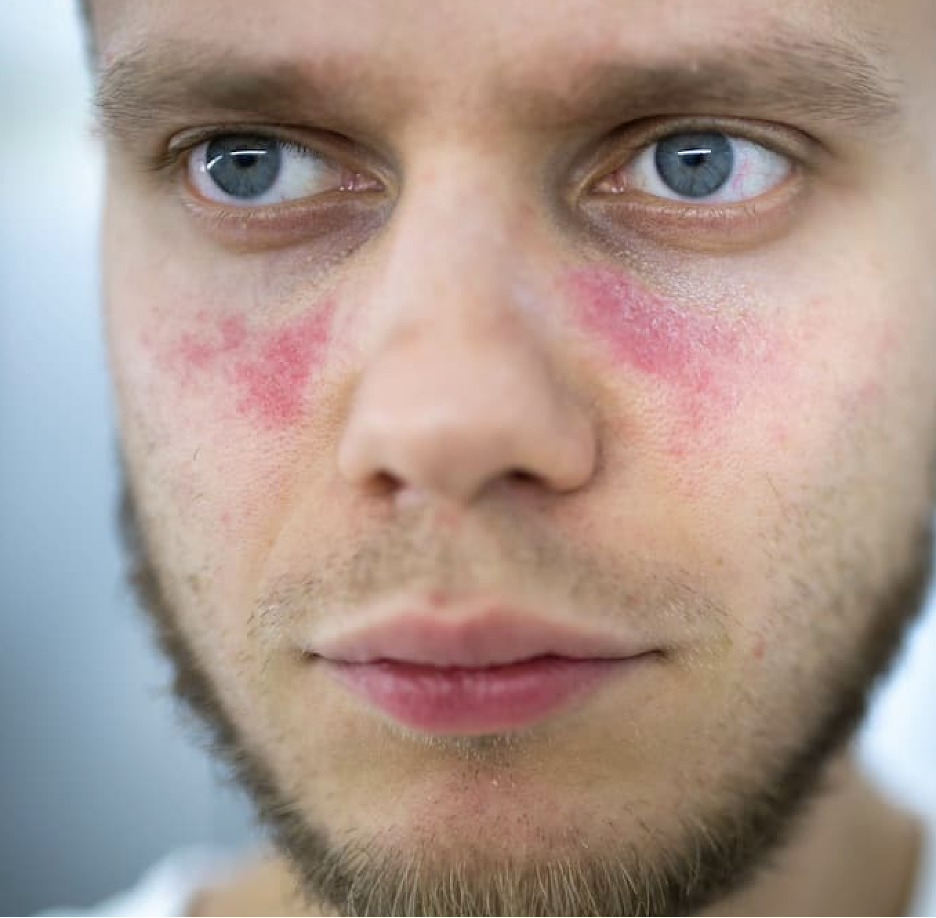Article
Gout Studies at EULAR: True Disease Burden and New Treatments
The results of gout studies reported at the 2011 Annual Congress of the European League Against Rheumatism.
The results of gout studies reported at the 2011 Annual Congress of the European League Against Rheumatism revealed the true burden of the disease and highlighted promising new treatments. They included the following:
•Although urate-lowering therapies are available throughout Europe, the condition was controlled adequately (serum uric acid level lower than 6 mg/dL) in only 34% of 1380 patients with chronic gout who received them. Most patients were still experiencing disease flares or uric acid deposits even though they had received treatment.
•In a pan-European study of 755 patients with gout, French, German, and British patients all had low quality of life scores and significant work and social impairment compared with controls. Of note, patients in these countries also had more hypertension, diabetes mellitus, congestive heart failure, and renal disease.
•In an American study, 42% of patients treated with pegloticase (8 mg every 2 weeks) achieved normal serum uric acid levels after 6 months of treatment. Of those who elected to continue in an open-label extension, 84% were treated safely and effectively for more than 2 years. The authors concluded that patients who have normalized serum uric acid levels after 6 months of treatment with pegloticase may experience a gap in therapy for as long as 167 days without losing subsequent responsiveness to treatment.
•Up to 79% of allopurinol-refractory patients with gout in a multinational study who received the combination of lesinurad and allopurinol responded to treatment (serum uric acid level lower than 6 mg/dL) compared with 25% who received allopurinol plus placebo. Patients who received the combination treatment showed much greater reduction in serum uric acid level from baseline, and adverse events were comparable between groups.
•Consuming 4 or more sugar-sweetened beverages is associated with an up to 4-fold increase in developing gout across ethnic groups, a New Zealand study found. The authors suggested that the association could be the result of the effect of fructose on serum uric acid concentrations, through the production of adenosine monophosphate, which is converted into uric acid.
For more information about these and other developments at the meeting, visit the EULAR Web site at http://www.eular.org. Or, contact the organization at European League Against Rheumatism, EULAR Secretariat, Seestrasse 240, CH 8802 Kilchberg, Switzerland; telephone: +41 44 716 30 30; fax: +41 44 716 30 39.

Real-World Study Confirms Similar Efficacy of Guselkumab and IL-17i for PsA



